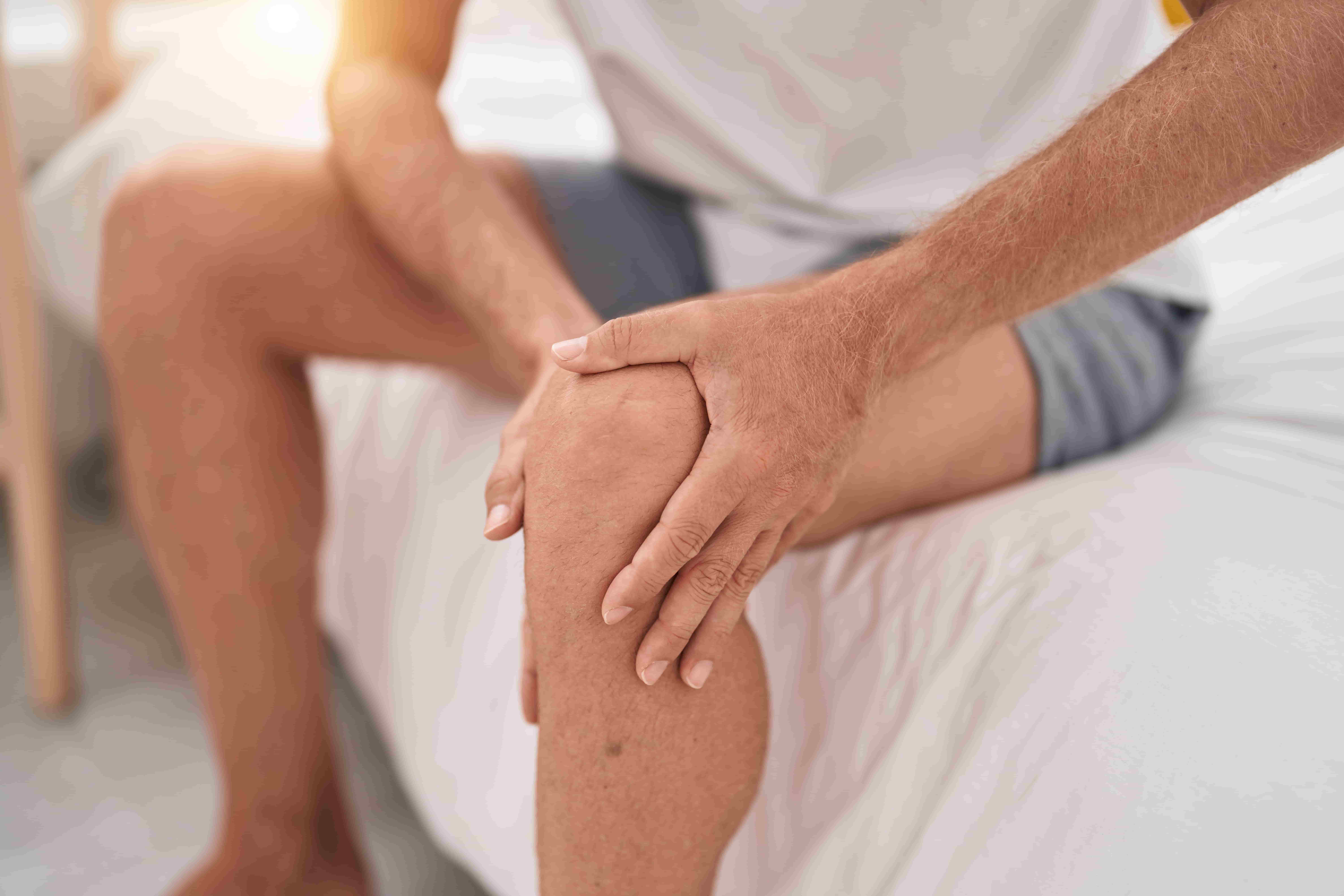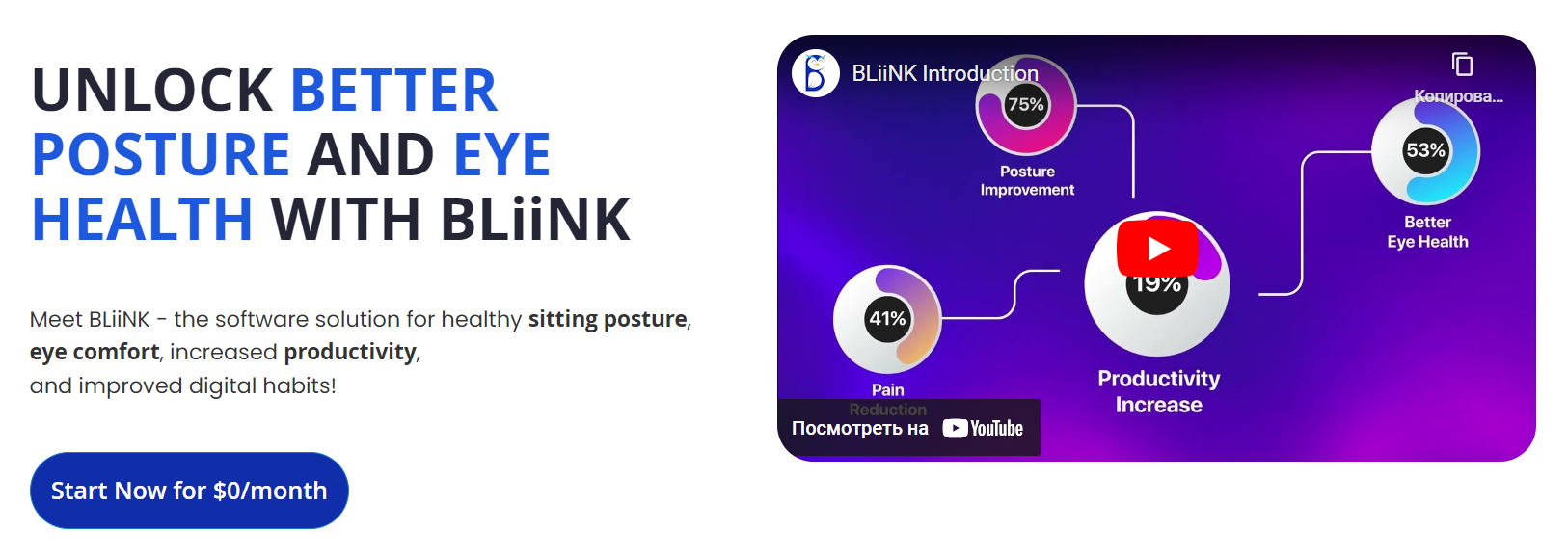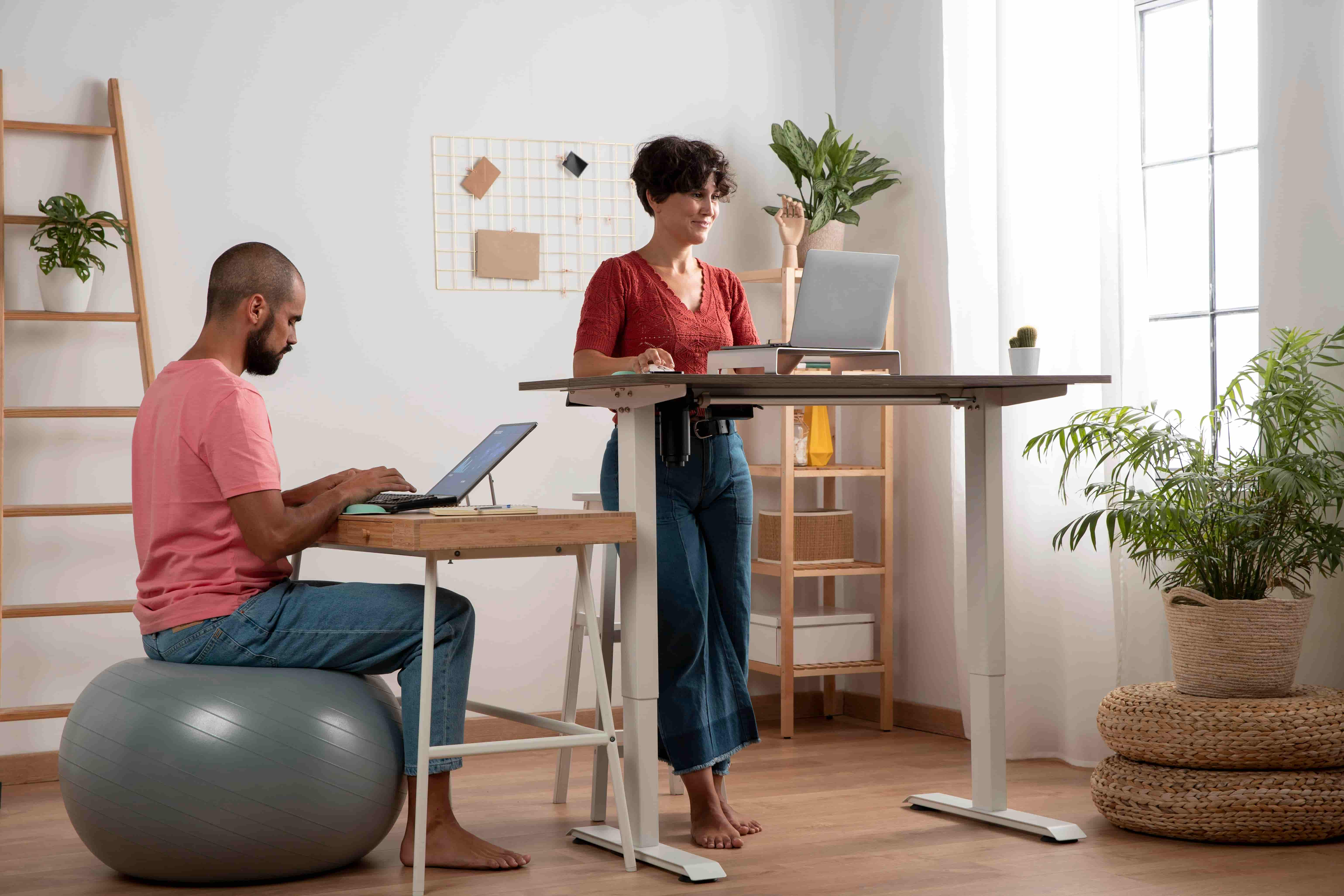
In the modern world where people are used to spending more time in front of their laptops than doing physical exercises, prevention of sciatica is a pressing issue.
When describing the symptoms like pain in only one side of the buttock or leg, the doctors would use the term sciatica. It is a condition when a nerve in your lower leg or your feet is compressed, inflamed, or irritated.
Although it rarely occurs before age 20, lifetime incidence in adults is between 10% and 40%. It turns out that sciatica has no gender predominance and no association with body height. Moreover, it’s common for people with limited movement during the day. For example, this refers to truck drivers, machine operators, and jobs where people do not change positions.
Anyway, sciatica is a condition that needs to be prevented before it becomes a long-term problem. This article will explore the common symptoms, risks, complications, treatment, and prevention of sciatica.
What Is Sciatica?
It is a condition causing pain through the lower back that radiates down along the path of the sciatic nerve. Thus, the pain originates from the nerve root. When the nerve is inflamed, irritated, or compressed, the pain goes through the entire lower back and the leg.
In order to understand how the pain originates, one should learn more about the sciatic nerve. It is the largest nerve in the human body passing deep into the buttock through the back of the thigh and up to the heel and sole of the foot.
It’s important to understand that the sciatic nerve provides numerous branches of motor and sensory supply for the muscles of a leg. This means it supplies a motor function to move each leg and enables us to perceive sensations like temperature and touch, working as a connecting link between the lower body and the central nervous system.
Primary Causes
The primary causes of sciatica are related to spine problems with the number one cause being a herniated disc which occurs when the inner center of a spinal disk presses the disk’s outer casing.
Another cause is a condition when the spinal canal narrows and puts pressure on the nerve roots which is called spinal stenosis. In addition, bone spurs, bony lumps that grow on the bones, or inflammation of the muscles can be a major cause of sciatica. Osteoarthritis which is likely to develop in elderly people, can also be a cause.
Common Symptoms and Indicators


The number one symptom of sciatica is lower back and leg pain that often affects one side of the body and is sharp in one part of the leg or hip. The intensity of the pain can also vary from mild aches to severe discomfort during the day and at night and also cause discomfort when sneezing, laughing, or coughing.
Individuals may also experience numbness or tingling in specific areas or along the entire length of the leg reaching the foot and toes. This depends on the area where the sciatic nerve is affected, while a person may also have difficulties with feeling sensations on the skin. Although it starts with small pain, sometimes sciatica may lead to more serious conditions.
In the case of complicated conditions patients can also have the following symptoms:
- Severe pain
- Problems with pee control
- Muscle weakness
Another indicator is burning sensations that people may experience in the affected leg. It is either a spontaneously occurring feeling or there might be certain movements that cause discomfort. In addition, pain when bending forward or sitting for a long period of time is also an indicator that can identify this condition.
Risk Factors for Developing Sciatica
Understanding the risks of developing this condition will help with the prevention of sciatica. The studies show this condition does not depend on gender, however, such factors as age, obesity, poor posture, or wearing high heels have a great impact on the sciatic nerve. In addition, there are certain types of occupations that are more likely to cause sciatica because of sedentary positions.
The risk factors fall under several categories: age, physical condition, and psychological stress. In fact, some of the risks are non-modifiable. For example, having an injury to the spine or suffering trauma in the past will increase the risk of developing sciatica. Diabetes is also associated with sciatica as it causes diabetic neuropathy and affects the sciatic nerve. The researchers believe that in some cases there might be a genetic predisposition.
Manageable Risk Factors
There are several manageable factors that must be considered when a person wants to improve his condition.
- Poor posture: Jobs requiring prolonged sitting, standing, or bending are in the group at risk. Poor posture causes pressure on the lower back and brings additional damage to the sciatic nerve. Walking with a flattered back may also result in increasing pressure on the vertebrae of the lower back. Changing posture, improving walking patterns, and physical exercises are the ways to overcome this condition.
- Smoking: The studies suggest that smokers have an increased risk of radicular pain and clinically verified sciatica.
- Body weight: Obesity can strain the spine and put additional pressure on the spinal discs, while weight loss can reduce inflammation and alleviate the pain.
Diagnosing Sciatica
Diagnosing sciatica is a combination of medical history assessment and diagnostic tests. To identify the diagnosis, the doctor typically asks about a patient’s medical history, including past traumas, injuries, and other spine-related factors. The healthcare provider has to consider the intensity of pain, the main symptoms, duration, and area of the pain to make the right diagnosis and to recommend how to relieve sciatic nerve pain.
Once the doctor has responses to all questions, the next stage is physical examination when the patient’s muscle strength, range of motion, and sensory responses are checked. The healthcare provider may ask a patient to walk on the heels or toes and lift the legs at a time with the other leg flat in the lying position. If pain worsens during these activities, there is a likelihood of sciatica.
Clinical tests such as X-rays and magnetic resonance imaging (MRI) can confirm the diagnosis. For example, the X-ray may reveal an overgrowth of bone that is pressing on a sciatic nerve. Meanwhile, MRI will provide a detailed image of the soft tissues and spinal disc. The doctor typically needs a test in the case of severe pain that lasts for a long period of time.
Prevention Strategies for Sciatica
There are several strategies for treatment and prevention of sciatica that can help. A healthy lifestyle, maintaining a healthy weight, promoting posture and ergonomics, and doing regular sciatic nerve pain exercises will improve the condition.
Avoiding excessive sitting and standing is also an option to minimize the severity of pain. It is essential to treat underlying health conditions such as arthritis to reduce the risk, but if a person has prolonged pain, it’s better to see a doctor to avoid possible complications.


Maintaining a Healthy Weight
Studies show that overweight and obesity are associated with radicular pain as extra kilos can put additional pressure and weight on the back and nerves.
The more a person weighs, the more his muscles are working and pressure falls on the back muscles as they have to work more intensively which leads to pain, back strains, and other problems. Therefore, maintaining a balanced diet is essential for healing and removing discomfort.
Promoting Proper Posture and Ergonomics
Using posture reminder applications is among the home remedies for sciatic nerve pain. As mentioned above, prolonged positions are the number one cause of pain. Going to a gym or jogging may not be enough for posture correction, as, after exercises, a person spends hours sitting in front of a laptop without moving a muscle.
Meanwhile, reminder apps, such as Bliink offer tools that will help those willing to maintain healthy habits and improve their health condition. Bliink provides real-time feedback, assesses healthy habits, and notifies about problems with a comprehensive set of AI-powered tools combining several features in one app.


Being an ideal option for remote workers, Bliink helps in fixing poor posture by notifying the users to sit straight. It also points to deviations from the recommended posture while working without an internet connection.
In addition to posture correction, it also addresses eyestrain by calculating the blinking rate and controlling distance from a monitor. The platform uses a flexible notification system that appears on the screen and makes you blink more often.
The users can monitor each app feature through a chart with historical performance. Thus, in the case of regular physical activity and the right tips from the app, it is possible to stay away from sciatica.
Regular Exercise and Stretching
Incorporating regular exercise and stretching into your daily routine is a great option to prevent sciatica. A number one goal is promoting overall spinal health, strengthening the muscles, and alleviating pressure on the sciatic nerve.
While working on the laptop for several hours in a row, it is crucial to have regular breaks. Changing posture and staying away from the monitor will improve spine and visual health, while sciatic nerve pain stretches targeting the lower back will improve spinal mobility.
However, when it comes to remote workers during a heavy workload a reminder is a must. The apps like Bliink with a flexible notification system alert the users about slouching and measure the distance from a monitor.
For having a pain-free life people working in sedentary positions should integrate exercises into their daily routine. For example, seated leg stretches, or chair squats are an excellent choice for the prevention of sciatica.
Work Ergonomics for Prevention of Sciatica


Together with physical exercises, setting up an ergonomic workstation is among the home remedies for sciatic nerve pain. Maintaining a neutral spine position and sitting with the back against the chair is crucial. However, an extra factor is ensuring that your workstation is set up properly to minimize strain on the back. This includes the right adjustment of chair height and placing the laptop, mouse, or keyboard within easy reach. You do not need to strain your muscles to reach the keyboard when typing.
Insufficient equipment, such as uncomfortable chairs, and poor lighting may be a real ergonomic hazard. Workers should not underestimate the importance of an ergonomic chair as the wrong choice may cause serious complications. It’s better to have an adjustable chair to prevent hunching and slouching as well as adjustable armrests to relieve pressure on the shoulders and neck.
Infrequent blinking and poor lighting in the room can lead to headaches and eye strain. Be careful to find the right balance between poor and excessive lighting as the latter can create problems as well. Therefore, investing in ergonomic equipment will improve work productivity for those who spend hours in front of a laptop.
The Bottom Line
Although the causes of sciatica vary, certain lifestyle factors, such as bad posture, smoking, and excessive body weight increase the risk of this condition. It’s better to consider home remedies for sciatic nerve pain that can persuade you to entirely change your lifestyle and remind you to correct your posture.
Use the Bliink app to improve your posture, reduce eyestrain and the risk of developing sciatica. Prioritize physical activities and ergonomics with the help of real-time feedback and reminders. Healthy habits promoted by the app will contribute to productivity and long-term well-being.
